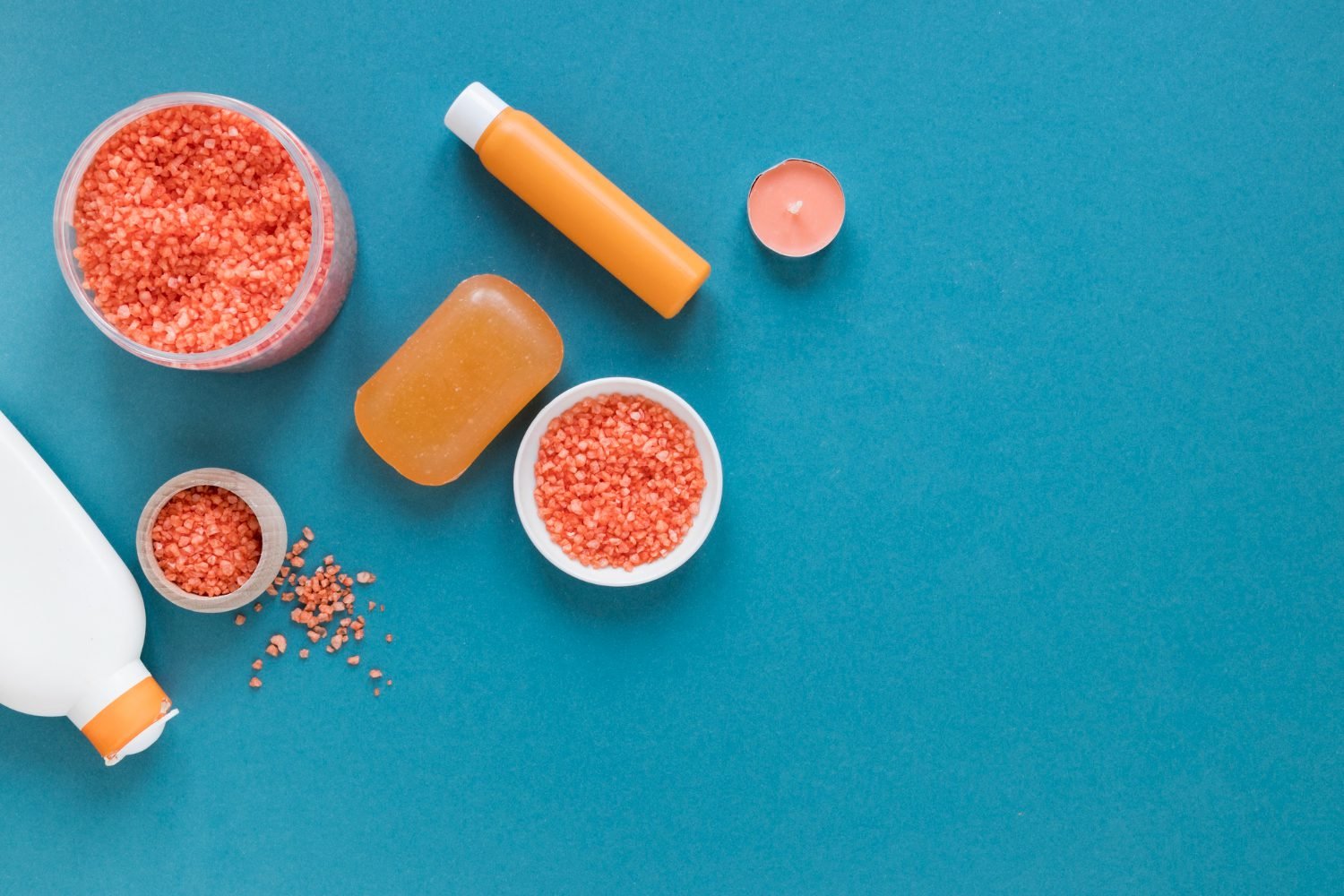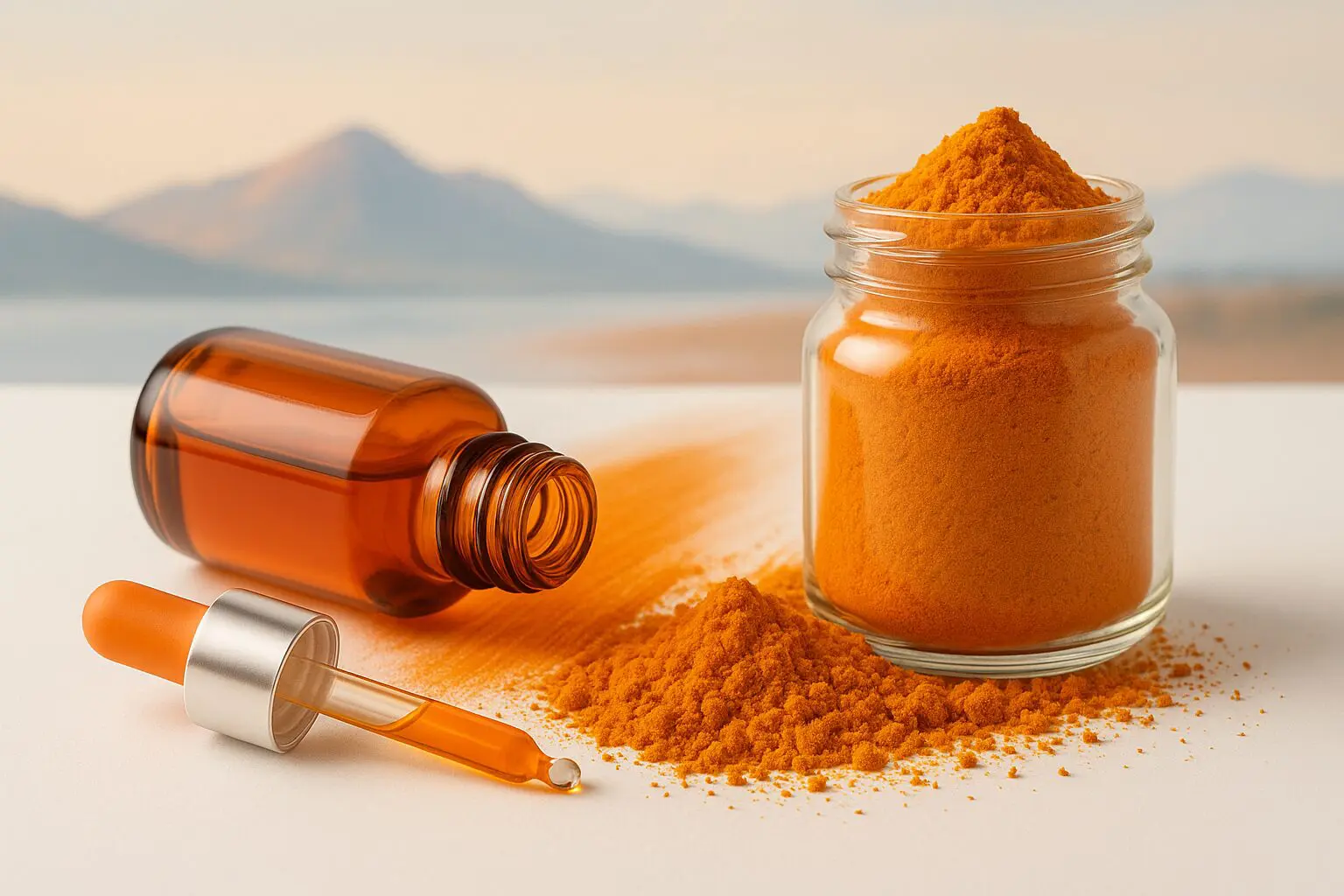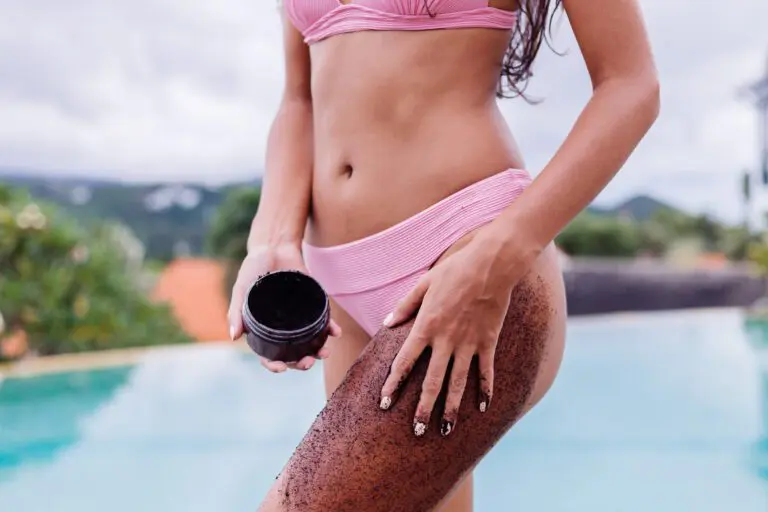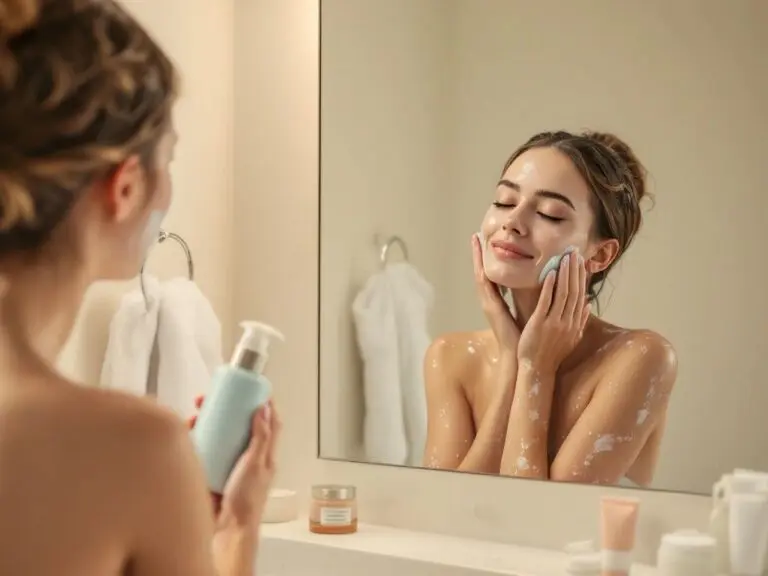The European Union’s microplastics restriction, formally adopted as Commission Regulation (EU) 2023/2055, is transforming how cosmetic chemists formulate exfoliants, encapsulates, and decorative products. Effective October 2023, with staggered transition deadlines through 2035, the restriction bans intentionally added synthetic polymer particles that are not biodegradable. Consequently, ingredients once considered harmless—such as polymer microbeads or encapsulated actives—now require complete re-evaluation. This article explains what the restriction covers, how it affects encapsulation and sensory agents, and which biodegradable alternatives are already proving effective in next-generation cosmetic formulations.
Scientific Background
What the EU Regulation (2023/2055) Covers
The regulation defines microplastics as “synthetic polymer particles smaller than five millimetres that are organic, insoluble, and resistant to degradation.” In practice, this definition applies to solid polymers used in scrubs, glitters, film formers, and microencapsulation systems. However, some exceptions exist for polymers that are both biodegradable and water-soluble under OECD testing guidelines. Therefore, not every synthetic polymer is automatically restricted, but the burden of proof falls on manufacturers to demonstrate biodegradability.
Transition Periods for Cosmetics
The European Commission granted different transition periods depending on the product category. For rinse-off cosmetics such as scrubs and cleansers containing microbeads, the ban applies within four years (by 2027). Leave-on products like makeup, encapsulated serums, and nail polishes have up to 12 years (until 2035) to reformulate. Nevertheless, suppliers must begin the shift now, since certification and testing for biodegradability can take years. Consequently, early adopters will enjoy a smoother transition and a marketing advantage in sustainability claims.
Industry Impact and Confusion
The regulation created initial uncertainty across R&D teams. Many chemists asked whether their encapsulation systems, microspheres, or polymeric thickeners fall under the restriction. In general, non-soluble synthetic particles—especially those designed to remain after application—are targeted. Meanwhile, liquid polymers, film-forming resins, or soluble copolymers (such as acrylates in gels) are not restricted if proven degradable. Therefore, clear analytical documentation is essential to classify each raw material properly.
Comparative Insights
Encapsulation Technologies Under Scrutiny
Encapsulation systems once built on cross-linked acrylates or polyethylene microspheres are now considered microplastics under EU law. Consequently, suppliers are developing biodegradable carriers made from lipids, starch, cellulose, and polycaprolactone. For instance, Polycaprolactone Microspheres provide the same visual release effect as plastic beads but degrade through natural hydrolysis. Similarly, Solid Lipid Nanoparticles (SLN) and Nanostructured Lipid Carriers (NLC) deliver actives efficiently without leaving persistent residues. Therefore, encapsulation remains viable, but its chemistry must evolve.
Replacing Microbeads in Exfoliants
The ban on polyethylene microbeads has accelerated the use of natural exfoliants. Today, finely milled walnut shell, bamboo powder, and mineral silica dominate new rinse-off scrub formulations. Furthermore, some brands are adopting starch-based particles that dissolve during rinsing, eliminating residue entirely. These alternatives not only satisfy the restriction but also enhance a brand’s “ocean-safe” narrative, which increasingly resonates with eco-conscious consumers.
Impact on Decorative Products and Glitters
Decorative cosmetics face one of the longest timelines but also the most complex challenges. Plastic-based glitters, commonly made from PET or PMMA, will eventually be phased out. Therefore, companies are turning to cellulose or mica-based biodegradable glitters that maintain brightness without microplastic persistence. In addition, biodegradable film formers and binders now allow long-wear makeup to comply without losing performance.
Formulation Guide
How to Identify Restricted Ingredients
When auditing raw materials, chemists should focus on solid polymer ingredients listed as “beads,” “powders,” or “encapsulates.” Check each Material Safety Data Sheet (MSDS) for keywords such as polyethylene, nylon-12, polyacrylate crosspolymer, or PMMA. If the polymer is not biodegradable or water-soluble, it is likely restricted. Additionally, contact your supplier for statements of compliance under EU 2023/2055. This step not only protects your formulations but also ensures transparent documentation in the product information file (PIF).
Choosing Biodegradable Alternatives
Fortunately, multiple material classes already meet the biodegradability requirements. For encapsulation and delivery, lipid-based carriers such as SLN Systems and NLC Systems offer proven performance. For texturizing and matting, starch esters and cellulose microfibers replace traditional plastic powders effectively. Furthermore, naturally derived polymers such as polylactic acid (PLA) and polyhydroxybutyrate (PHB) are entering the market as cosmetic-grade microspheres. By combining these innovations, formulators can maintain sensory appeal while achieving full compliance.
Testing and Certification
To claim exemption under the EU microplastics restriction, the polymer must pass OECD 301 biodegradability tests or equivalent. Therefore, suppliers must provide analytical data demonstrating at least 60 % degradation within 28 days. Meanwhile, formulators should include these test reports in the PIF and MoCRA-aligned dossier. Although this may seem bureaucratic, verified documentation will prevent compliance disputes during audits. Ultimately, rigorous data strengthens consumer confidence and reinforces scientific credibility.
Compliance, Safety, and Claims
Approved Claim Language
Marketing teams often rush to highlight “microplastic-free” or “biodegradable” on packaging. However, EU authorities caution that such claims must be truthful and substantiated. Acceptable examples include:
- “Formulated without intentionally added microplastics.” ✅
- “Complies with EU Regulation 2023/2055.” ✅
- “Contains biodegradable encapsulation system.” ✅
- “100 % eco-friendly and plastic-free.” ❌ (Avoid unqualified environmental claims)
Link each claim to validated supplier certificates or test data stored within your dossier. Moreover, consistency between marketing language and technical files will be critical during regulatory inspections.
Recordkeeping and Product Information Files
The EU microplastics restriction integrates closely with existing requirements under the EU Cosmetics Regulation 1223/2009. Therefore, companies must update their product information files with polymer classification data, biodegradability proof, and supplier statements.
Summary & Key Takeaways
Checklist for EU Microplastics Compliance
- Audit all polymer ingredients for microplastic classification.
- Obtain biodegradability documentation or supplier declarations.
- Replace solid synthetic particles with lipid or starch-based alternatives.
- Update the PIF and dossier with supporting analytical data.
- Use compliant and verifiable claim language on packaging.
Next Steps for Chemists
Transitioning away from microplastics is not only a legal necessity but also an opportunity to innovate sustainably. Explore biodegradable encapsulation and exfoliation systems in the Delivery Systems Hub. Furthermore, discover microbead-free exfoliant ingredients designed for EU compliance.






